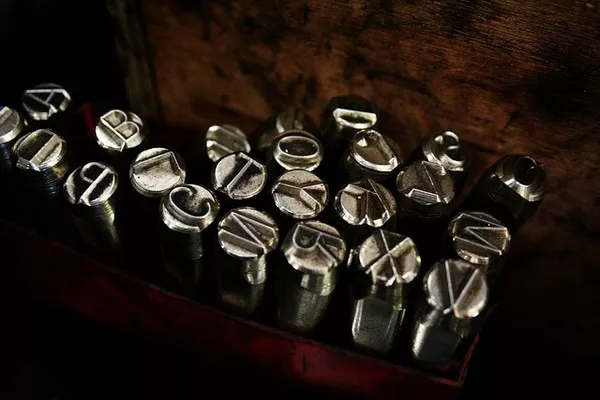Silver, with its timeless allure and inherent value, has been cherished for centuries. Whether you’re a collector, investor, or simply curious about the authenticity of a silver item, knowing how to distinguish genuine silver from imitations is crucial. This article aims to provide a comprehensive guide on how to tell if something is silver, covering various methods and techniques that can be employed by enthusiasts and professionals alike.
Hallmarks and Stamps
One of the most reliable ways to identify silver is by examining hallmarks or stamps. Authentic silver items often bear specific markings that indicate their purity and origin. The hallmarking system varies by country, and understanding these symbols is essential for accurate identification.
In the United States, sterling silver typically carries a “925” stamp, indicating that the item is composed of 92.5% pure silver. Similarly, British silver items might display hallmarks like the lion passant, denoting sterling silver, and a date letter indicating the year of manufacture. Familiarizing yourself with these markings is a fundamental step in distinguishing genuine silver from counterfeits.
Magnetic Attraction
Silver is not magnetic, so a simple magnetic test can be an effective initial step in identifying its authenticity. Most metals, including steel and iron, exhibit magnetic properties, while silver does not. Using a small, strong magnet, gently pass it near the item in question. If the magnet is attracted to the metal, it is not silver. Genuine silver will not respond to the magnetic force.
Weight and Density
Silver is a dense metal, and its weight can be a valuable indicator of authenticity. If you have access to a precision scale, measure the weight of the item and compare it to the expected weight of a silver object of similar size. Be aware that silver-plated items may have a different weight due to the base metal beneath the thin silver layer.
In addition to weight, consider the density of the item. Silver has a density of 10.49 grams per cubic centimeter, so if the density deviates significantly, it may be a sign of an imitation. Professional jewelers often use specialized equipment to measure both weight and density accurately.
Acid Testing
Acid testing is a widely used method to determine the silver content of an item. This test involves applying a drop of acid to the metal and observing the reaction. Silver is resistant to most acids, but base metals used in counterfeits may react differently.
To conduct an acid test, obtain a silver testing kit containing nitric acid and carefully follow the instructions. Apply a small drop of acid to an inconspicuous area of the item. Genuine silver will show little to no reaction, while base metals will exhibit discoloration or a reaction. Keep in mind that this test may leave a small mark on the item, so it’s advisable to test a less visible area.
Sound Test
The sound produced by tapping or dropping a silver item can also provide valuable insights into its authenticity. Silver has a distinctive, lingering ring or bell-like sound. Hold the item between your fingers and gently tap it with another metal object. Genuine silver will produce a clear, high-pitched sound that lingers, while imitations may sound dull or produce a thud.
Visual Inspection
A thorough visual examination can reveal important clues about the authenticity of silver. Genuine silver typically exhibits a bright, lustrous appearance. Look for signs of tarnish, which is a natural occurrence in silver due to exposure to air and moisture. Tarnish often appears as a dark patina, but it can be easily removed with a silver polishing cloth.
Inspect the item for seams, soldering marks, or signs of plating. Authentic silver items are usually crafted from a single piece of metal, while plated or composite items may have visible seams or joints. Be cautious of items that appear overly shiny, as this may indicate a coating or plating that could mask a base metal.
Conclusion
Identifying authentic silver requires a combination of knowledge, observation, and testing. By familiarizing yourself with hallmarks, conducting simple tests, and employing visual inspections, you can confidently distinguish genuine silver from imitations. Whether you’re a seasoned collector or a novice enthusiast, these methods provide a reliable toolkit for ensuring the authenticity of your silver treasures. Remember, when in doubt, consult with a professional appraiser or jeweler to validate the true value of your silver items.


